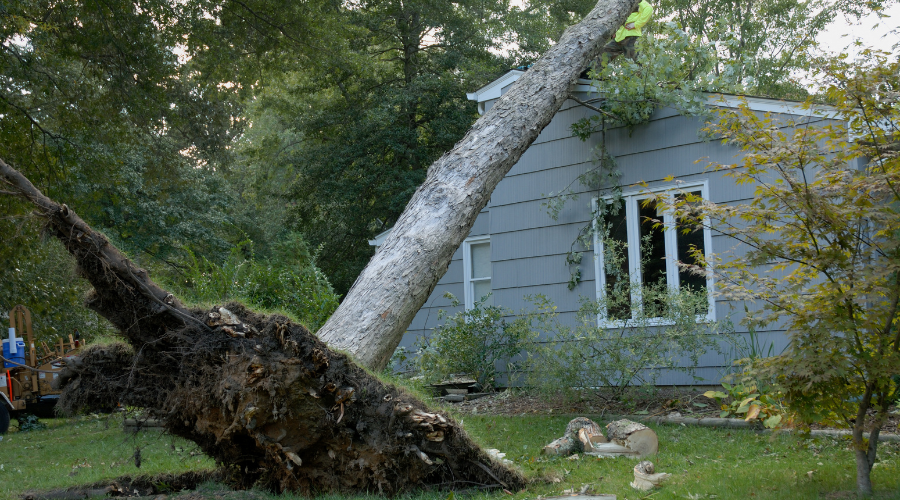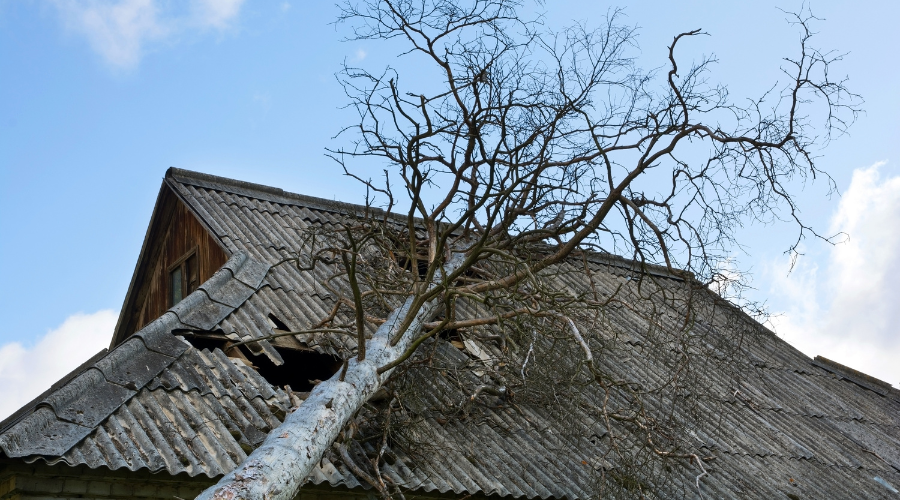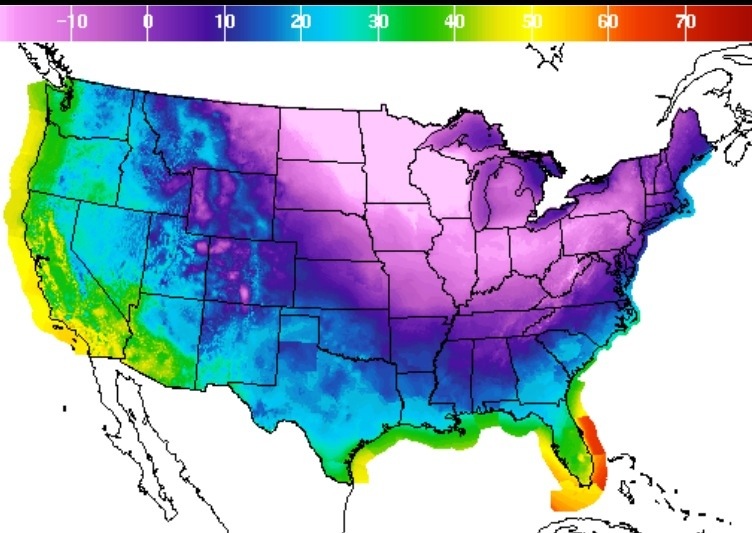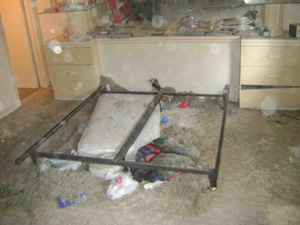How to Prepare for High Winds and Prevent Wind Damage
During a storm, your home is much more likely to sustain damage from high winds than from a lightning strike. Preventing wind damage is less expensive and difficult than wind damage restoration.

Wind damage is one of the most common causes of home insurance claims and tree removal expenses. These can become costly to the homeowner, who could be liable for thousands of dollars in repairs unless they understand their policy and know what coverages can provide protection.
Before the wind, do a quick inspectionInspection is the careful examination and assessment of a pr... More of your property. Healthy trees and shrubs are more likely to withstand a storm, but can still be badly damaged. Remove dead branches and any hanging limbs. Smaller branches can be hung on the sides of buildings to minimize damage if they fall during high winds. Shutters can minimize damage to windows by covering them with plywood or steel mesh. Covering windows with shutters or plywood is a costly option, but one that may be necessary to prevent excessive damage if storms are frequent in an area. If you live in a storm-prone area, consider installing impact-resistant windows and garage doors. These types of doors are more expensive than standard ones but will help prevent breakage caused by strong winds and other extreme weather events such as tornadoes.
Windows
As the weather picks up and conditions are right for wind damage, it’s important to have a plan to help ensure your home and property stay safe. Planning for a storm is one of the best ways to protect your property and mitigateTo mitigate is to reduce or limit the severity of damage, ri... More potential damage. Here’s how to prepare for a windstorm before it hits.
- Clear yards and roof-top decks of loose objects and debris, such as broken tree limbs or trash cans.
- Secure patio furniture and other lightweight objects. Secure your trampoline; it could flap like a flag in the wind.
- TrimTrim is the decorative or functional molding used to finish ... More back or remove large trees or branches that may blow down in high winds. During extreme weather events, trees can fall on power lines and cause blackouts. Don’t wait until a storm is near to trimTrim is the decorative or functional molding used to finish ... More your tree branches. The right time to trimTrim is the decorative or functional molding used to finish ... More a tree is when the tree is dormant, which typically occurs in the winter months. It’s important to trimTrim is the decorative or functional molding used to finish ... More your trees because they are most vulnerable when they are dormant, and snow covers up any dead limbs that may be on the trees.
- Check all of your seals and insulationInsulation is a material used in buildings to reduce the tra... More, as well as any wind protection you have. If there are broken windows or a damaged roof, get them fixed before the storm hits.
- Consider installing permanent storm shutters if you live in an area that is prone to hurricanes. These offer the best protection against wind damage and flying debris. If you do not have storm shutters, board up your windows before a hurricane hits.
- Check your emergency kit because you may need to spend hours or days without electricity. If trees come down on the roads, you could be forced to survive on the food and water you have around your house, so make sure you maintain an ample stash.
Roof

Damage to the roof can be avoided by evaluating your roof before the storm hits. Stay safe and avoid wind damage.
In the wake of these high winds, homeowners are at the mercy of their roofs. Wind damage can leadLead is a heavy metal that can be toxic to humans, especiall... More to thousands in damages and months of repairs. It’s important to be proactive and make sure your roof is safe before the next storm hits.
- Make sure that your roof is clear of debris, check your shingles’ fasteners and make sure they’re still in place.
- Check shingles for cracks and missing nails that could cause problems during storms.
- Keep branches trimmed well away from your home. Keep your trees pruned back from your roof, then you’ll be able to steer clear of being caught out by the weather.
- Lean the aerials and cables against something that is not attached to the roofing material.
- Install shingles rated as Class 3 or 4. These are built to withstand high winds and hail damage in areas with frequent tornadoes.
Other Concerns
Make sure your home meets or exceeds current building standards for withstanding wind damage. Secure tall, heavy furniture, such as bookcases, to the wall. Keep trees and bushes trimmed and well-maintained. Fallen trees are responsible for many injuries and much of the cost of wind damage restorationRestoration is the process of returning a property to its pr... More.
Wind Damage Restoration Cost
The cost to repairRepair is the act of fixing or restoring damaged property, m... More wind damage varies widely, depending on the type and extent of the damage. Patching missing siding or replacing a few individual shingles may only cost a few hundred dollars while restoring major structural damage can run into the tens or hundreds of thousands.
Beware of contractors who solicit door to door immediately following a storm. Many are simply trying to take advantage of distressed homeowners. Call your insurance agent before you agree to have any work done. They will assess the damage and refer you to a reputable wind damage restoration expert.
The aftermath of a storm is different for everyone, but the risk of water damage is common to all. If your property suffers from water damage after the storm, contact a RestorationMaster professional for a water damage cleanup emergency to remove and extract water out of your furniture, home, and businesses.












